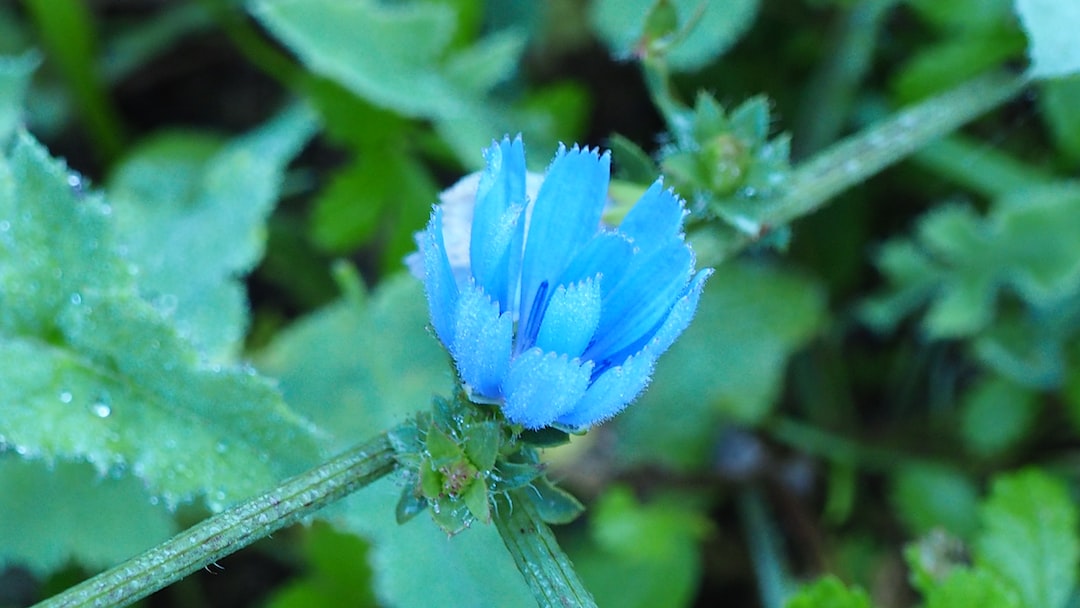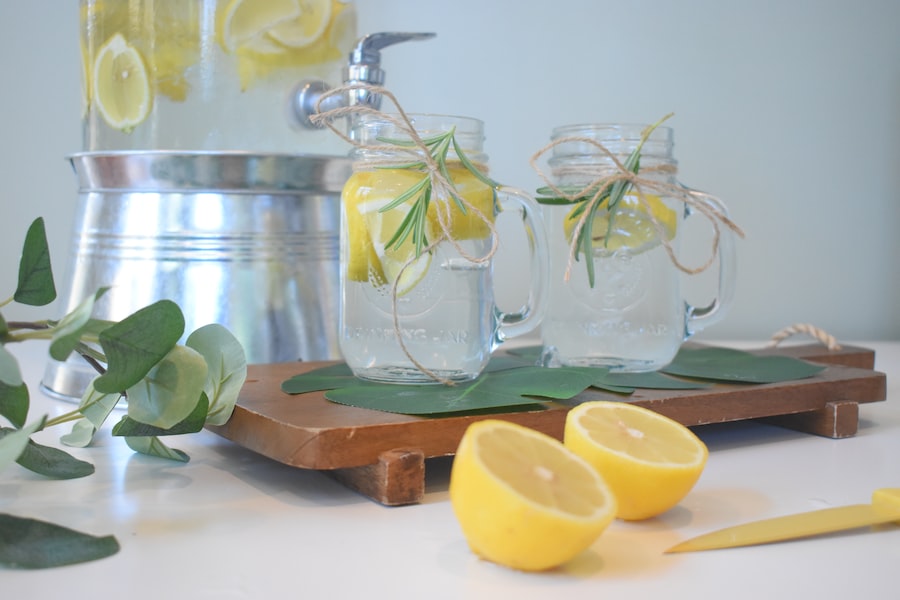Ready to Squeeze: How to Tell if Your Lime is Ripe

Limes are a versatile and essential ingredient in many dishes and cocktails. Whether you’re making a refreshing margarita or adding a tangy twist to your favorite recipe, choosing ripe limes is crucial to achieving the best flavor and results. In this article, we will explore the importance of choosing ripe limes, discuss their physical characteristics, and provide tips for storing and ripening limes at home.
Key Takeaways
- Choosing ripe limes is important for optimal flavor and juiciness.
- A ripe lime should be firm, heavy, and have a smooth texture.
- The color of a ripe lime can vary from green to yellow.
- A ripe lime should have a strong, fresh aroma.
- The juice content and taste of a ripe lime are key indicators of ripeness.
- To ripen limes at home, store them in a paper bag with an apple or banana.
- Limes can be stored in the refrigerator for up to two weeks.
- Avoid storing limes near ethylene-producing fruits, as this can cause them to over-ripen.
- Use ripe limes in recipes for the best flavor and juiciness.
- Choosing and storing ripe limes is easy with these simple tips.
The Importance of Choosing Ripe Limes
Choosing ripe limes is essential for both cooking and cocktails. Ripe limes have a more vibrant flavor and aroma compared to unripe ones. They also provide the perfect balance of acidity and sweetness, which can elevate the taste of your dishes or drinks. Using unripe limes can result in a sour or bitter flavor that may overpower the other ingredients.
In cooking, ripe limes can add a refreshing and tangy flavor to various dishes. They are commonly used in marinades, dressings, sauces, and desserts. Ripe limes can also be squeezed over grilled meats or seafood to enhance their taste. In cocktails, ripe limes are often used to make margaritas, mojitos, or daiquiris. Their juice adds a zesty and citrusy element that complements the other ingredients.
The Physical Characteristics of a Ripe Lime
To choose ripe limes, it is important to understand their physical characteristics. A ripe lime should have the right color, texture, aroma, weight, firmness, juice content, and taste.
The Color of a Ripe Lime
| Metric | Value |
|---|---|
| Color | Green |
| RGB Value | (0, 255, 0) |
| Hex Code | #00FF00 |
| CMYK Value | (100, 0, 100, 0) |
| Color Space | RGB |
The color of a lime can indicate its ripeness. Ripe limes are usually bright green or yellowish-green in color. Avoid limes that are pale or have brown spots as they may be overripe or spoiled. However, keep in mind that the color alone is not always a reliable indicator of ripeness. It is best to consider other physical characteristics as well.
The Texture of a Ripe Lime
The texture of a ripe lime should be smooth and firm. Gently squeeze the lime to check for any soft spots or indentations. A ripe lime should not feel mushy or overly soft. On the other hand, an unripe lime will feel hard and may not yield to gentle pressure.
The Aroma of a Ripe Lime

The aroma of a ripe lime is another important characteristic to consider. Ripe limes have a strong and fragrant citrus smell. When you pick up a lime, give it a gentle sniff to check for a fresh and zesty aroma. If the lime has no scent or smells off, it may be unripe or past its prime.
The Weight of a Ripe Lime
The weight of a lime can also indicate its ripeness. A ripe lime will feel heavier compared to an unripe one of the same size. This is because ripe limes have more juice content, which adds to their weight. When selecting limes, pick them up and compare their weight to get an idea of their ripeness.
The Firmness of a Ripe Lime
The firmness of a lime is another important characteristic to consider. A ripe lime should feel slightly firm when gently squeezed. It should not be too hard or too soft. If the lime feels too firm, it may be unripe, while if it feels too soft, it may be overripe or spoiled.
The Juice Content of a Ripe Lime
The juice content of a lime is an important factor in determining its ripeness. Ripe limes will have more juice when squeezed compared to unripe ones. To check the juice content, gently squeeze the lime and see how much juice is released. If the lime yields a good amount of juice, it is likely ripe.
The Taste of a Ripe Lime
The taste of a lime is the ultimate test of its ripeness. Ripe limes have a tangy and slightly sweet flavor. They should not taste overly sour or bitter. If you are unsure about the ripeness of a lime, you can cut a small piece and taste it. A ripe lime will have a refreshing and citrusy taste.
Tips for Storing and Ripening Limes at Home
To ensure that you always have ripe limes on hand, it is important to store them properly and ripen them at home if needed. Limes can be stored at room temperature for a few days or in the refrigerator for up to two weeks. However, if you have unripe limes that need to ripen, there are a few tricks you can try.
One method is to place the limes in a paper bag with a ripe banana or apple. The ethylene gas released by the banana or apple will help speed up the ripening process. Another method is to place the limes in a sealed plastic bag and leave them at room temperature for a few days. The trapped moisture will help soften the limes and make them ripe.
Choosing ripe limes is crucial for achieving the best flavor and results in cooking and cocktails. By considering the physical characteristics of limes such as color, texture, aroma, weight, firmness, juice content, and taste, you can easily identify ripe limes. Additionally, storing and ripening limes at home can ensure that you always have ripe limes on hand when needed. So next time you’re shopping for limes, remember to choose them wisely to enhance your culinary creations and enjoy the refreshing taste of ripe limes.



